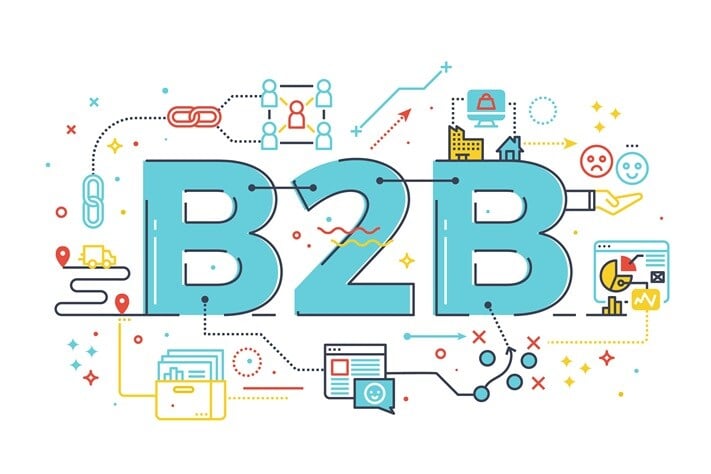Recent sudden policy changes related to tariffs and immigration are helping to exacerbate the widespread economic uncertainty that US businesses are currently weathering. With talks of a recession on the horizon and increased market volatility, many of today’s business leaders at organizations of all sizes have opted for a “wait and see” approach in their tactical operations and overall strategy. These business leaders are curtailing spending on everything from hiring and marketing to R&D and CAPEX to hold onto more cash for whatever may be coming next. The result is a survival-minded collective pause nationwide while they try to assess the lay of the land and wait out today’s unpredictability.
And while this cautiousness is understandable, it’s also counterproductive for long-term growth because a tactical pause of this kind can be a revenue strategy-killer. So, to answer our own question, no – your revenue plan cannot withstand a short-term pause!








